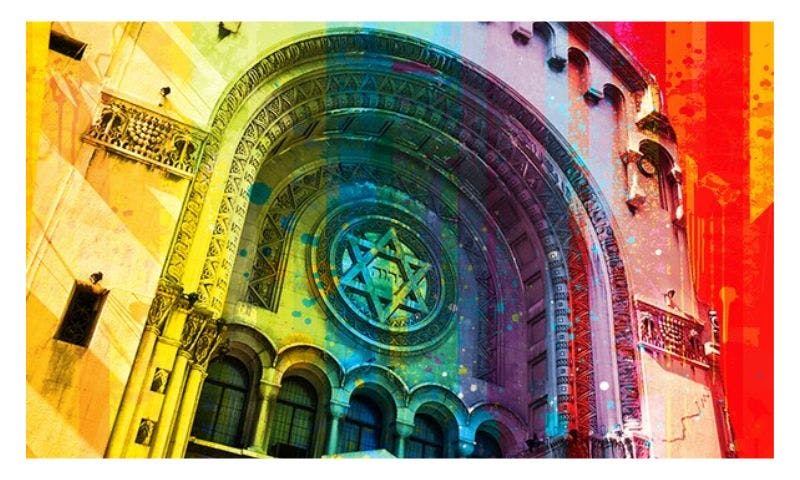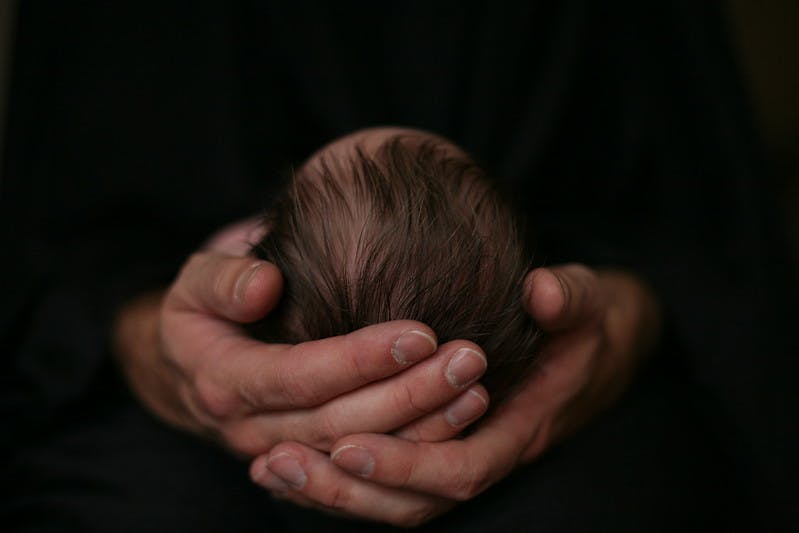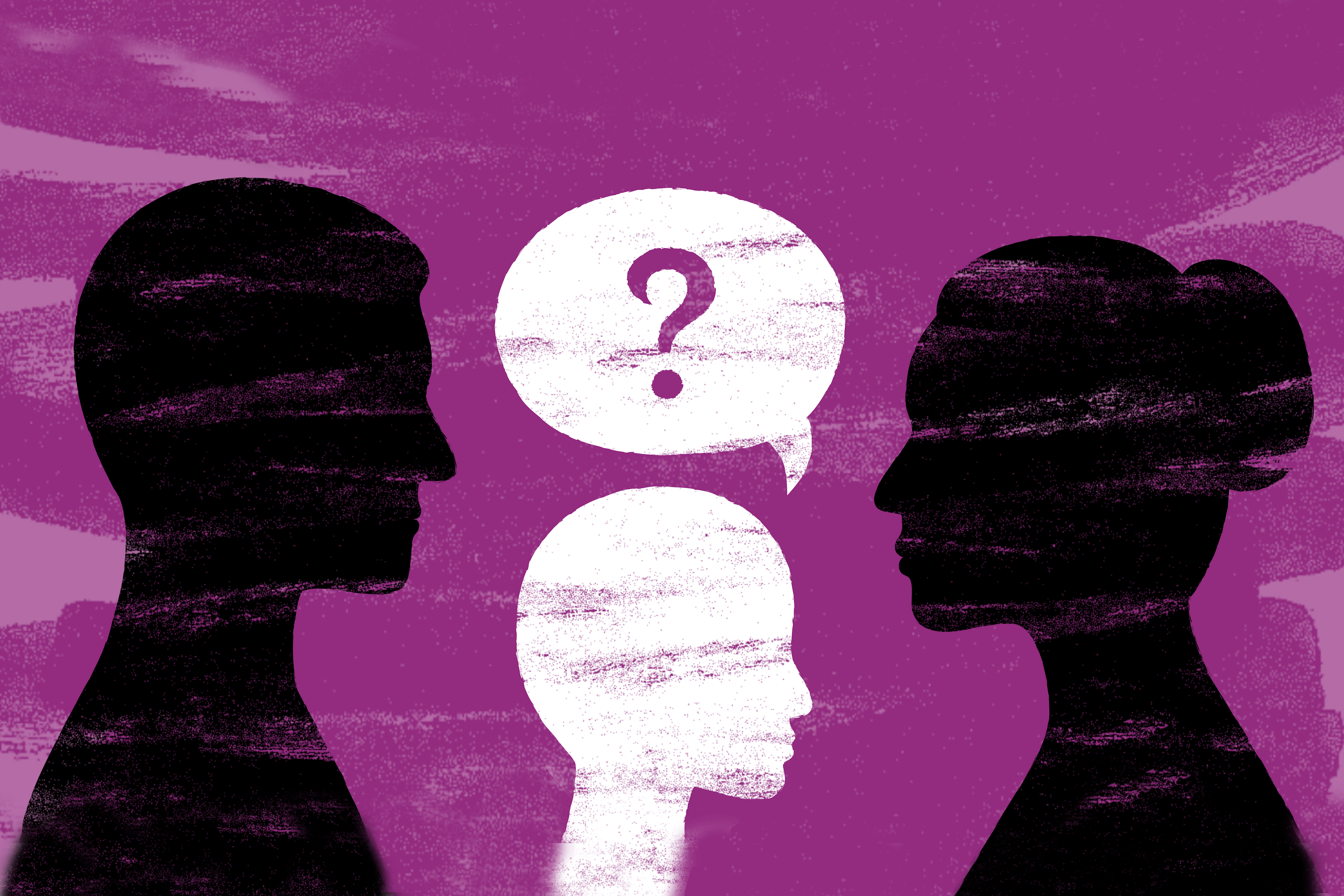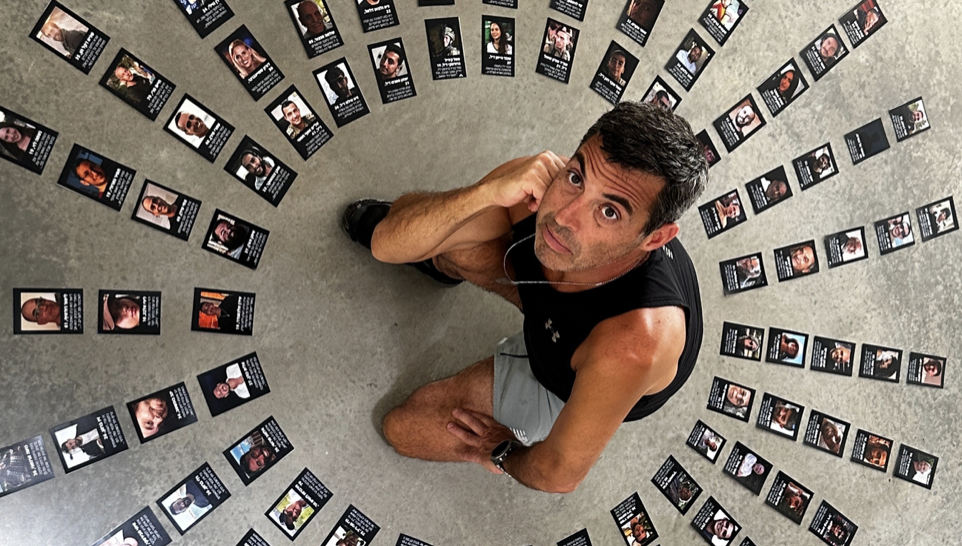Published: 18 September 2023
Last updated: 5 March 2024
SPEEDY SHATARI reflects on the challenges of navigating religious spaces as a gender diverse person during the High Holy Days.
For the first time in my life, I am sitting in the men’s section during High Holy Days. My own seat in fact, in a Modern Orthodox synagogue.
The High Holy Days in the Jewish tradition are a time for reflection, renewal, and spiritual connection. For many, it's a period of rekindling ties with one's faith and community. Yet, for individuals who identify as gender diverse and part of the Modern Orthodox Jewish community, the High Holy Days can be a complex and challenging time.
I don’t know many gender diverse people who attend a Modern Orthodox synagogue in Australia. Many people feel or have been pushed out of these spiritual spaces. For years, I was worried to ask my Rabbi if being Jewish and LGBTQ+ was acceptable. I loved my community and feared that I would hear an answer I wasn’t ready for.
A progressive Reform synagogue is arguably the perfect place for Jewish individuals who are looking for a space that is LGBTQ+ and transgender friendly. I know a lot of friends who have found belonging and safety within the Reform community.
However, why should any Jewish person be steered away from attending a certain type of synagogue because they do not fit within a neat little box? Is that the essence of what being Jewish means?
The first time I walked back into a shul, my gaze shifted between the women's section above and the men's area ahead.
I take great pride in my Jewish identity and have been an active member of the community for many years. I also happen to identify as non-binary and transmasculine, which means my gender identity doesn't align with male or female categories. So, where does that leave me in my synagogue during these significant Jewish holidays?
For years I did everything in my power to fend off wearing a dress, which included avoiding synagogue services. As a kid, the High Holy Days used to be particularly challenging for me, often leading to emotional breakdowns over clothing. The first time I walked back into a shul was a rather comical moment as I paused in the doorway, my gaze shifting between the women's section above and the men's area straight ahead - a territory I had not ventured into since I was 12 years old.
Dressed in pants, I made a conscious decision that, if I had to choose, I would opt for the men's section. As I entered, the rabbi greeted me with a warm wave and a welcoming smile. A congregant raised her eyebrows and said, "women typically sit upstairs". I responded with a calm "I know" and stayed where I was. I rationalised that any "revolutionary" act is often met with initial discomfort by all parties involved.
I held onto the hope that with time, as I became more familiar to everyone, comfort would settle in over controversy. I called these interactions "first they stare, then they smile". My goal is that the next non-binary or transgender Jewish soul can enter a synagogue without experiencing curious glances and intense scrutiny.
A congregant raised her eyebrows and said, 'women typically sit upstairs'. I responded with 'I know' and stayed where I was.
Only recently did I have an honest conversation with another rabbi about my experience at their Modern Orthodox synagogue. I find myself frequently returning to his reassuring response. "Speedy, when I saw you walk in and sit down in the men's section, I was so proud," he said. "A lot of people have lost sense of what it means to be Jewish and how to act in a Jewish way. You are being authentic to yourself and there is nothing wrong with that.”
When I proposed the idea of dedicating a row for non-binary congregants, the rabbi chuckled and mentioned it would be a matter for the Board to discuss. "When can I have a conversation with them?" I asked eagerly.
In the end, my primary desire is simply to attend synagogue after a demanding week filled with concerns about work, finances, and relationships. I’m looking for a moment of non-judgmental respite, a chance to meditate, pray, thank Hashem, express gratitude, and 99% of the time, listen to an inspiring sermon.
These High Holy Days will most likely pose some difficulties, such as reconnecting with old faces, enduring curious looks, and managing pronoun discussions with family and friends.
When I proposed dedicating a row for non-binary congregants, the rabbi chuckled and said it would be a matter for the Board.
Yet I've reached a point where I no longer seek permission, because attending synagogue as a LGBTQ+ and gender-diverse Jewish person should not be something that requires approval.
I will proudly take my seat at a Modern Orthodox shul that openly states “we welcome all who come, without judgment and with love”. I urge fellow congregants and spiritual leaders, not only during this holy period but also in the days after, to openly announce inclusive Jewish spaces, leaving no Jewish soul in doubt about their warm welcome and acceptance.
Ultimately, we must remember the importance of smiling instead of staring.




